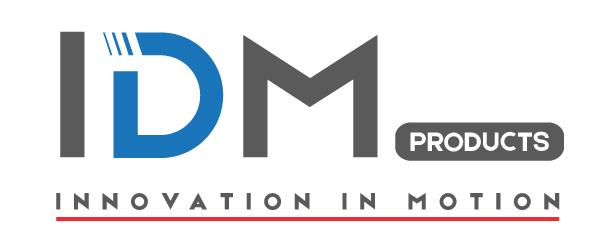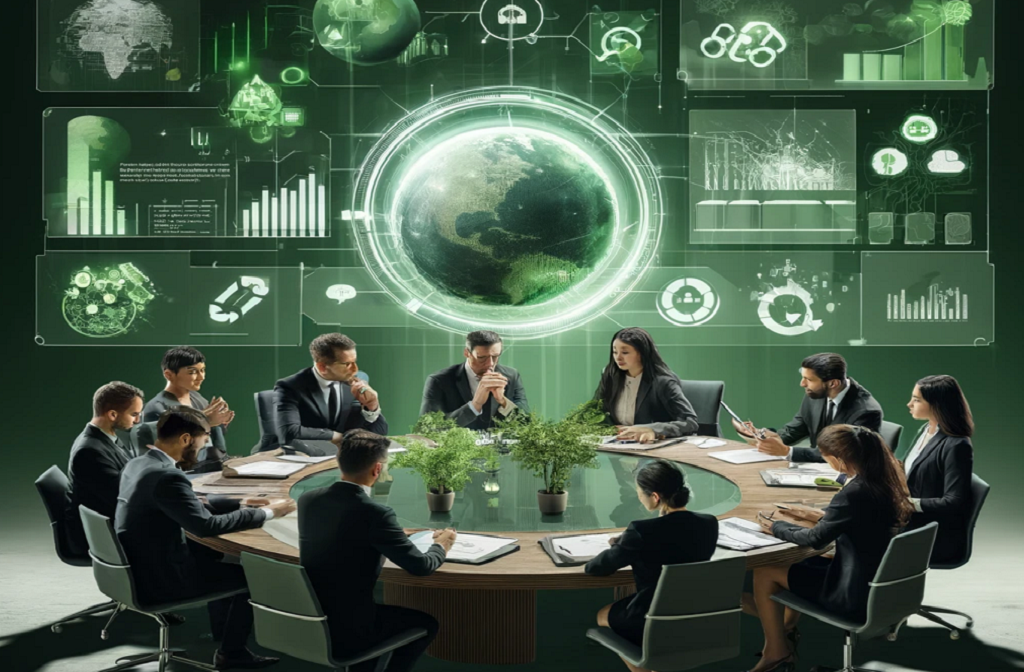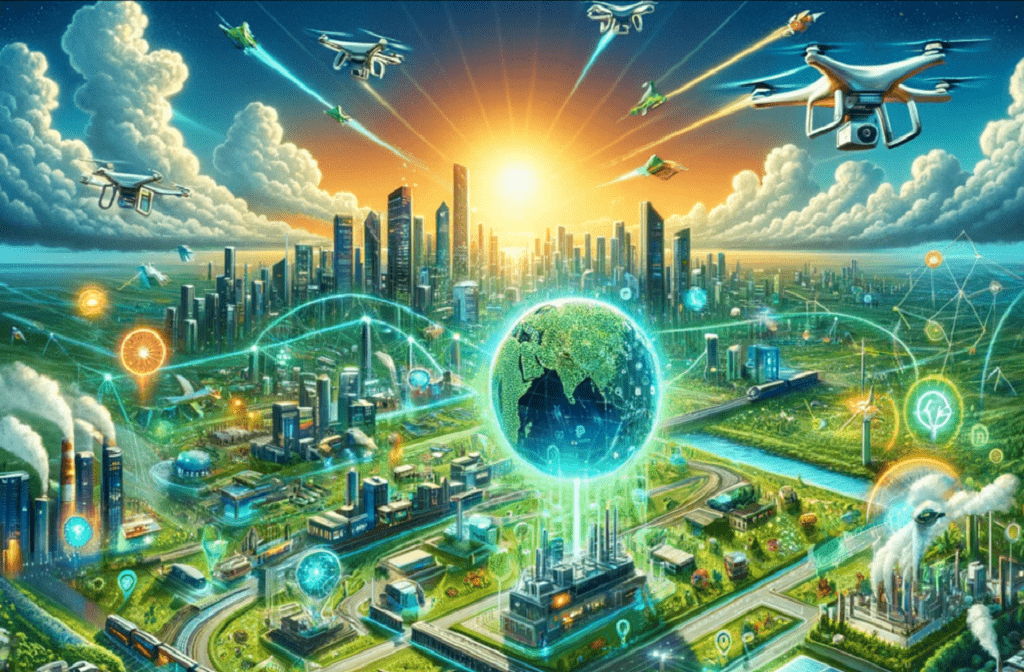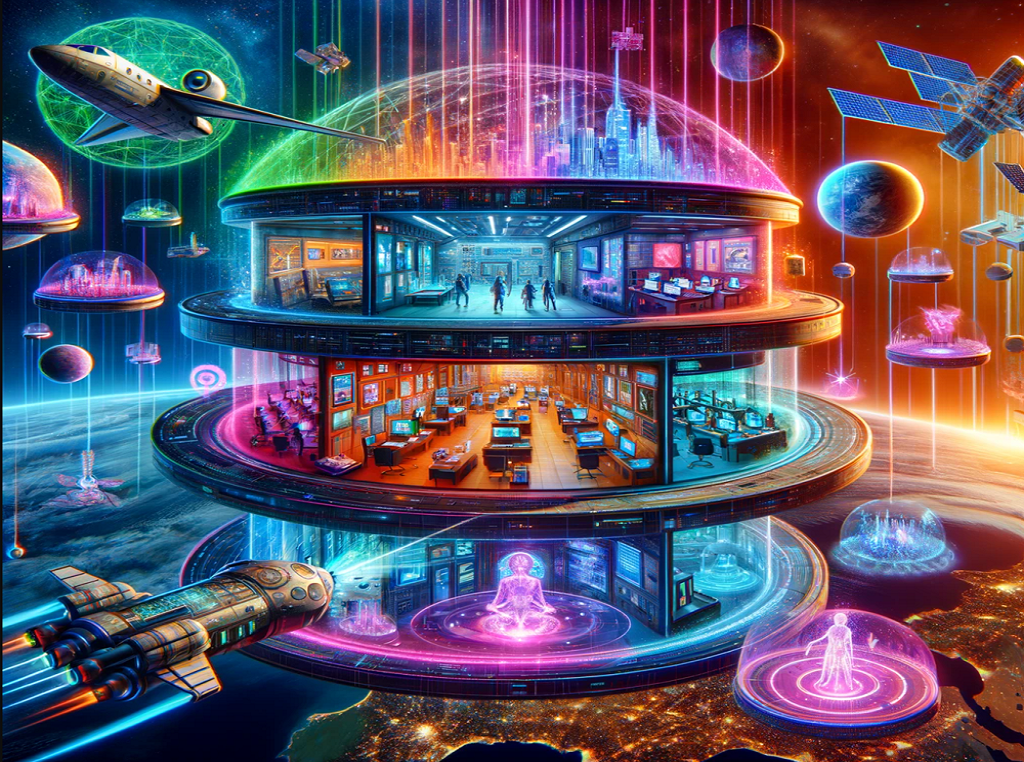In the fast-paced and high-stakes world of business, executives are constantly faced with critical decisions that can make or break their companies. While experience, intuition, and data analysis play a role, there’s a hidden factor that often goes unnoticed: the intricate workings of the human brain.
Neuroscience, the study of the brain and nervous system, is shedding new light on how we make decisions, revealing the complex interplay of emotions, biases, and cognitive processes that shape our choices. By understanding these neural mechanisms, executives can gain a unique advantage, harnessing the power of their brains to make better, more informed decisions that drive business success.
The Emotional Brain: Your Secret Weapon
Contrary to popular belief, emotions are not the enemy of rational decision-making. In fact, they play a crucial role in guiding our choices, providing valuable information about potential risks and rewards. The amygdala, a small almond-shaped structure in the brain, acts as an emotional alarm system, triggering a fight-or-flight response when we perceive a threat. This can lead to impulsive decisions based on fear or anxiety. However, by recognizing these emotional triggers, executives can pause, assess the situation objectively, and make more deliberate choices.
On the flip side, positive emotions like excitement and anticipation can drive us towards innovative solutions and bold risk-taking. By cultivating a positive emotional environment within their organizations, executives can encourage creativity and unlock the full potential of their teams.
Cognitive Biases: The Hidden Saboteurs
Our brains are wired to take shortcuts, relying on heuristics and biases to quickly process information and make decisions. While these mental shortcuts can be helpful in everyday life, they can also lead to costly mistakes in the business world. For example, confirmation bias, the tendency to seek out information that confirms our existing beliefs, can blind us to alternative viewpoints and potential risks.
By becoming aware of these cognitive biases, executives can actively challenge their assumptions, seek out diverse perspectives, and make more objective decisions.
The Power of Neuroplasticity: Rewiring Your Brain for Success
The brain is not a static organ; it is constantly changing and adapting throughout our lives. This phenomenon, known as neuroplasticity, means that we can intentionally rewire our brains to improve our decision-making skills. Through practices like mindfulness meditation, cognitive training exercises, and exposure to new experiences, executives can strengthen their neural pathways, enhance their cognitive flexibility, and become more effective leaders.
The Future of Neuro-Leadership
As our understanding of the brain continues to evolve, the field of neuro-leadership is emerging as a powerful tool for executives seeking to optimize their decision-making processes. By leveraging insights from neuroscience, leaders can develop personalized strategies for managing stress, improving focus, and enhancing their overall cognitive performance.
The neuroscience of decision-making offers a unique perspective on how we can harness the power of our brains to achieve business success. By understanding the complex interplay of emotions, biases, and cognitive processes, executives can make more informed, objective, and ultimately, more successful decisions. The brain is the most powerful tool at our disposal, and it’s time we started using it to its full potential.










